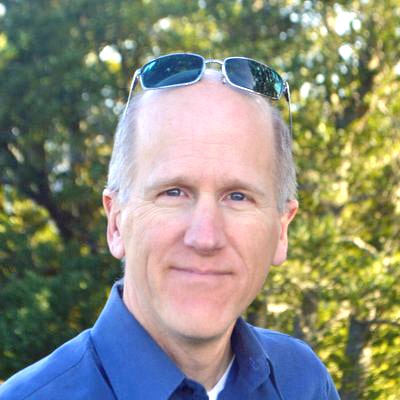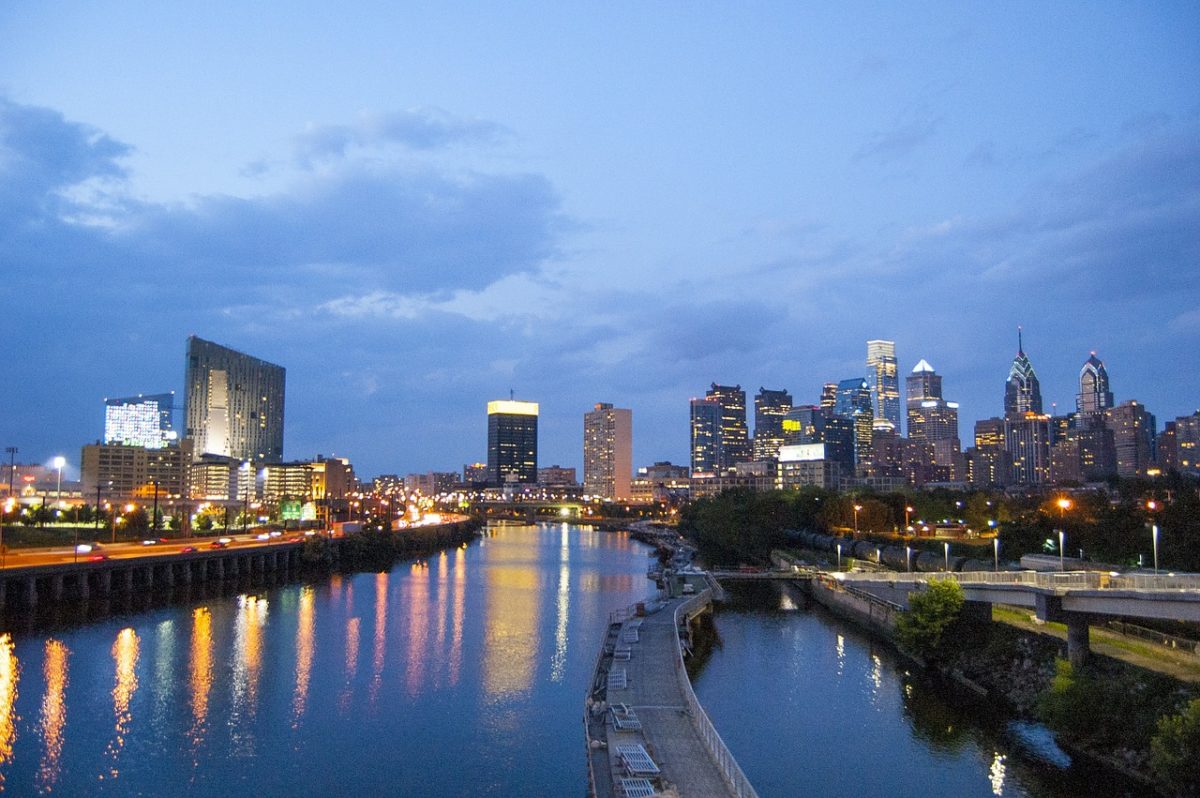By Bentham Paulos
 The declining cost of solar has led to an explosion of ideas to make sure low-income consumers can also benefit from solar.
The declining cost of solar has led to an explosion of ideas to make sure low-income consumers can also benefit from solar.
The fundamental problem to be solved is that while solar can save money, low-income households are less able to buy or finance the panels in the first place. As they say, it takes money to save money.
Most often the solution relies on government policies or spending programs, which while justifiable, can be fickle. Budgets can run out or be cut, and policies can be reversed. In many places, policy and program support is simply absent.
But a new project in Philadelphia is developing approaches that may enable low-income solar without the need for government support.
The project, run by the Philadelphia Energy Agency, is part of the Solar In Your Community Challenge, a $5 million contest of the US Department of Energy that supports “innovative and replicable community-based solar business models and programs that will bring solar to underserved communities.”
Solarize It
The Philadelphia Energy Agency (PEA), a city government office, is running the Solarize Philly group purchasing campaign. In the first phase of the project, they have signed up 166 households to get solar on their rooftops, and are getting ready for round two.
The theory of a “solarize” campaign is to recruit a lot of customers to go solar, all at once. By going in together, they can buy bulk, resulting in better deals from installers and equipment suppliers.
Solarize Philly is not the first solarize campaign by a long shot. The technique was pioneered at least 10 years ago by companies like One Block Off the Grid, who saw the solar market just beginning to emerge in California. It has been used to jumpstart the market in a number of states.
But the PEA has hit upon an innovation that uses the leverage of a solarize campaign to provide a new funding stream for low-income households. If it works as planned, it could be replicated across the country.
Like other solarize campaigns, Solarize Philly involves first cutting deals with wholesale equipment suppliers and retail installers. Laura Rigell, solar energy manager for PEA, was at the center of the dealmaking.
PEA chose three local solar installers, KISS Electric, Moore Energy, and Solar States, and one distributor, CED Greentech, who are offering three standardized equipment options: a premium package using high-efficiency LG solar panels, a standard package using US-made Solarworld panels, and a budget package from Jinko, plus inverters and optimizers. The distributor was willing to cut prices in exchange for selling hundreds of kits.
Once those packages and prices were nailed down, PEA ran a promotional campaign, working with neighborhood groups, elected officials, and the local press to get the word out. In phase 1, 2200 people expressed interest. PEA then called each signup to identify the most promising leads, in order to make the process run more efficiently.
PEA turned over 1000 leads to the pre-qualified local solar installers, who went out to inspect the roofs, make the offers, and close the deals. The 166 households that went all the way through to installation are “not a bad conversion rate” according to Rigell.
The leverage
Now here is the interesting part: to include low-income households in the campaign, PEA is imposing a small fee on all customers who participate in Solarize Philly, and using those funds to enable solar on low-income housing.
Essentially, they are tapping into a portion of the money saved by buying bulk and creating a low-income solar fund. Because everybody is saving money, everybody benefits, according to Rigell. “We found that the market rate was $3.25 to $3.50 per watt, so that was the price to beat,” she said. “We ended up below that for a typical home, including the fee.”
Anya Schoolman, Executive Director of Solar United Neighbors, a group that promotes community-driven solar projects, says the idea of internally funded incentives for low-income customers is not new, but is rarely if ever successful.
“Everybody thinks of it, but the challenge has been getting enough scale so you can raise a meaningful amount of money,” she says. “How much extra can you charge people, what are they willing to pay, and how many solar systems does that add up to?”
Rigell says that phase 1 will raise about $200,000 for the low-income fund. This would pay for solar installations for 10 to 15 low-income households.
That’s not bad, but then PEA did something especially clever. Instead of just buying solar panels to give away to low-income customers, PEA has lined up investors to finance solar leases and will use the $200,000 low-income fund to guarantee any non-payment of the leases, which reduces risk for the investors. With lower risk, investors will be comfortable with lower profits, further driving down costs.
Thanks to this leverage, about 45 customers will get 75-100 percent of their power from solar on their homes, saving about 20 percent, or $240 per year. After the 15-year lease expires, PEA intends to donate the system to the homeowners, who can then capture all the savings for as long as the solar panels last (typically about 30 years).
PEA is working with the Energy Coordinating Agency and community organizations to reach out to eligible households. The savings from the solar panels will reduce the stress on state programs that provide weatherization and energy assistance for low-income households, as well as the risk of non-payment of utility bills.
If the rate of defaults is low, PEA will keep the money in the guarantee fund, and can use it to finance more solar homes. Phase 2 of Solarize Philly is underway now, with the goal of recruiting another 300 market-rate participants by the end of the year. That could generate another $400,000 for the guarantee fund and cover another 100 low-income households going solar.
“As a public agency, we are really sensitive about spending public funds effectively and efficiently,” says Rigell. “With this kind of leverage we think we can deliver the most benefit for the least public investment.”
Bentham Paulos is a consultant working with the U.S. Department of Energy’s Solar Energy Technologies Office.
This content is protected by copyright and may not be reused. If you want to cooperate with us and would like to reuse some of our content, please contact: editors@pv-magazine.com.








By submitting this form you agree to pv magazine using your data for the purposes of publishing your comment.
Your personal data will only be disclosed or otherwise transmitted to third parties for the purposes of spam filtering or if this is necessary for technical maintenance of the website. Any other transfer to third parties will not take place unless this is justified on the basis of applicable data protection regulations or if pv magazine is legally obliged to do so.
You may revoke this consent at any time with effect for the future, in which case your personal data will be deleted immediately. Otherwise, your data will be deleted if pv magazine has processed your request or the purpose of data storage is fulfilled.
Further information on data privacy can be found in our Data Protection Policy.